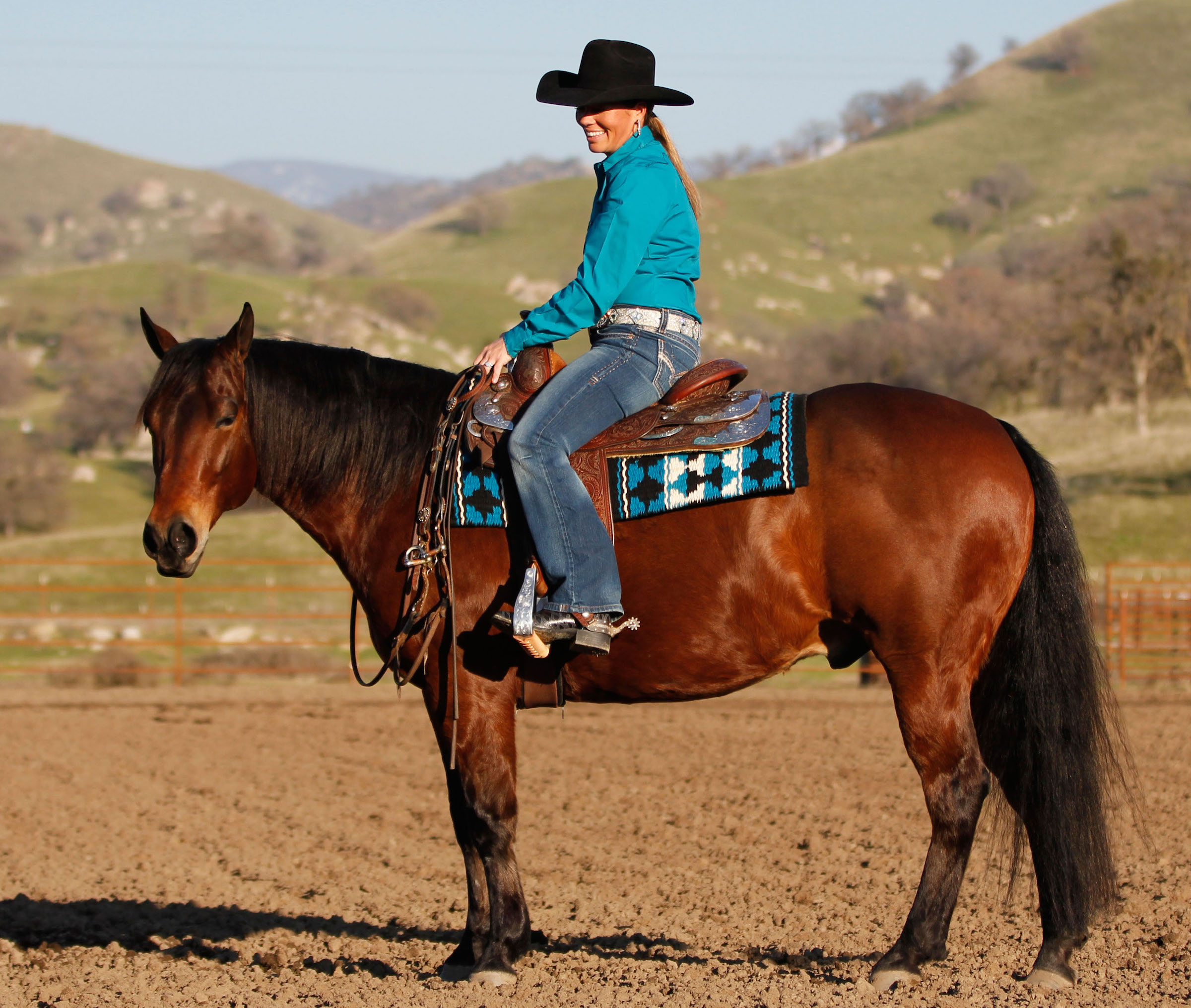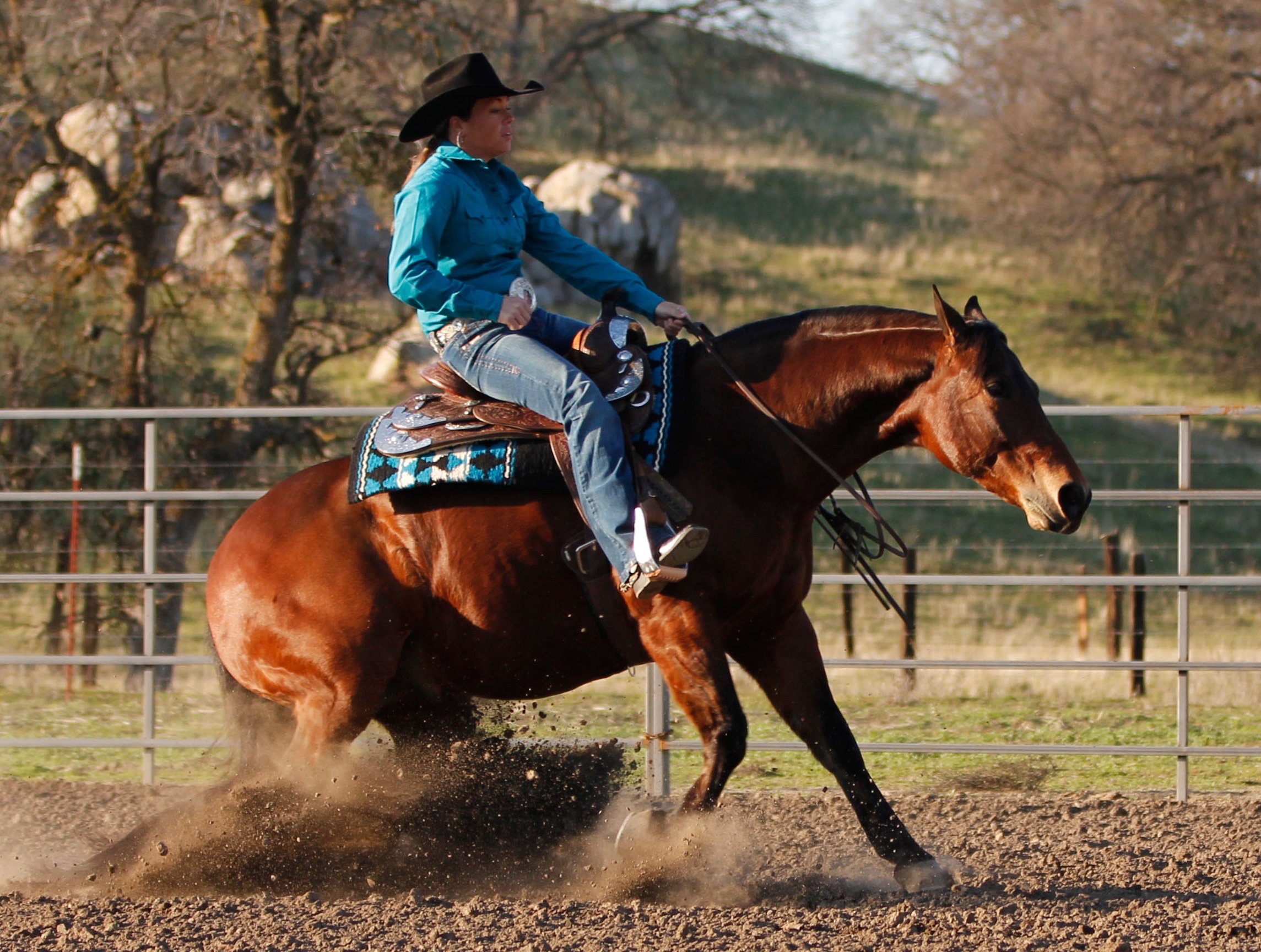Can riding your horse without a bridle—as a training exercise, I mean—help you or him? I actually wondered that myself. I’m always impressed to see performances of bridleless riding, but I assumed it was just something you did to spotlight your horse’s training and impress an audience.

It wasn’t until I talked to trainer Lynn Palm for this post that I learned just how useful bridleless riding can be for regular riders like you and me. In my last post, I talked about thinking outside the box in solving riding problems. Lynn says bridleless riding can indeed be one of those useful, out-of-the-box solutions.
“Horses love when you use your legs for your primary aids, over the reins,” she explains. “Try it and your horse will prove to you how much better he performs without the bridle.”
Lynn adds that you should try bridleless riding only on a horse you know well and have adequate control over, and that’s trained to accept leg aids.
That said, what specific problems can bridleless exercises address?
• Mouth issues. “Riding with a bit that’s more severe than your horse needs is the biggest problem bridleless riding can solve,” says Lynn. “Too-strong bits make a horse overreact, tense up, and resist. When your horse can fully relax and stop worrying about his mouth, he becomes more confident, trusting, and willing. Bridleless riding is perfect for this.”
• Over-dependence on reins. “When you use too much hand, you block your horse from the freedom to go forward, plus invite him to challenge you. Bridleless riding will prove to you that you can control your horse’s direction—on both straight and curving lines—so much better with leg aids than with the reins.
“Indeed, this is the essence of learning to ride well—to ride your horse ‘from back to front.’”

Lynn offers an ultimate goal: “Even when I’m riding with a bridle, I use 80 to 90 percent leg and seat versus just 10 to 20 percent reins,” she says. “Use your seat for speed, legs for speed and direction, and hands just lightly as needed. Your horse will love your ride!”
How exactly should you try bridleless riding? Find a tutorial here. And, once you and your horse get confident working simple exercises without the bridle, try working on the tasks that your horse challenges you on.
“You may well find you get more improvement and willingness to do a hard or advanced task without the bridle than with,” promises Lynn.
MORE WITH LYNN PALM:




